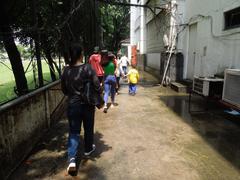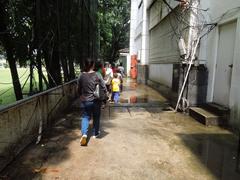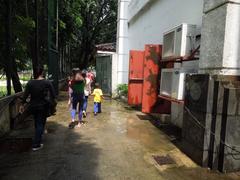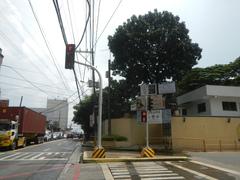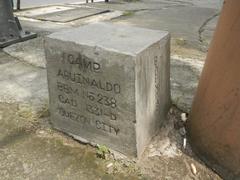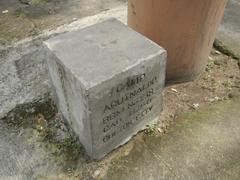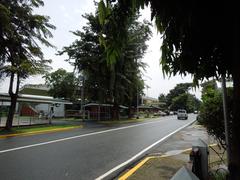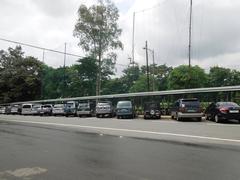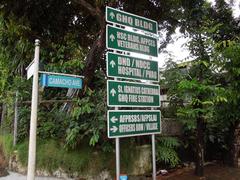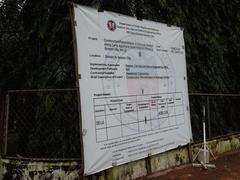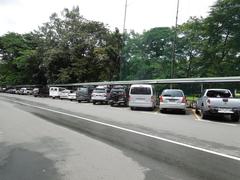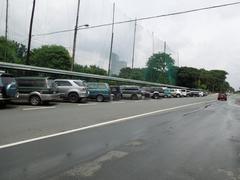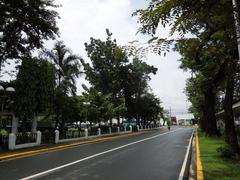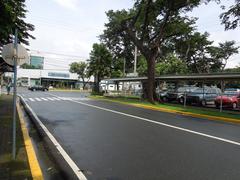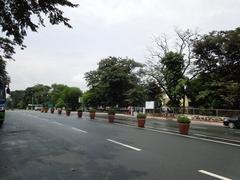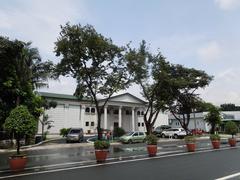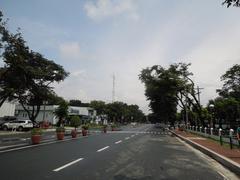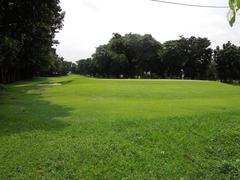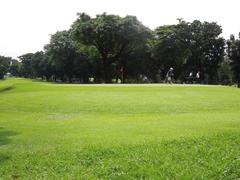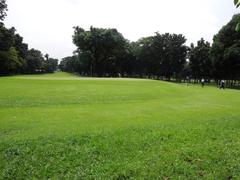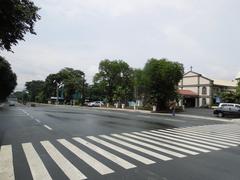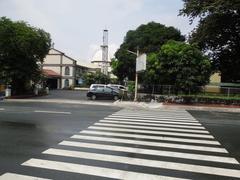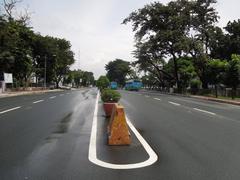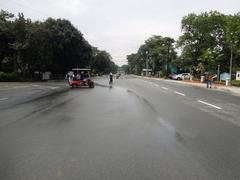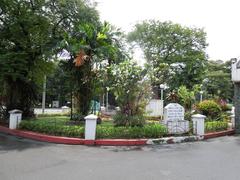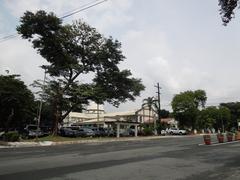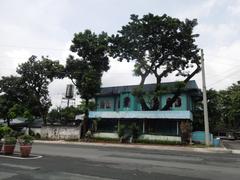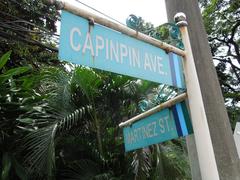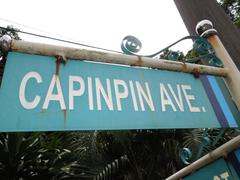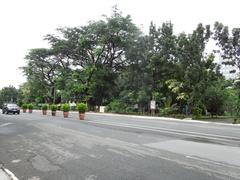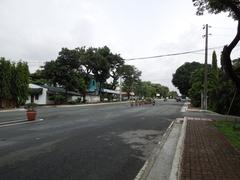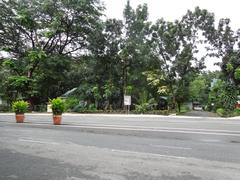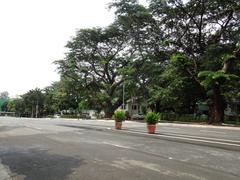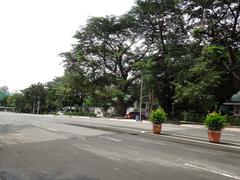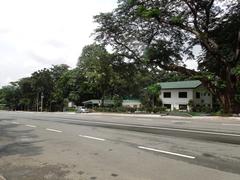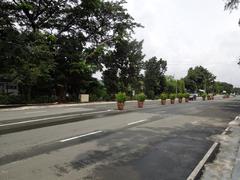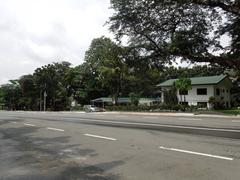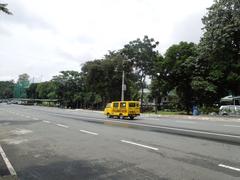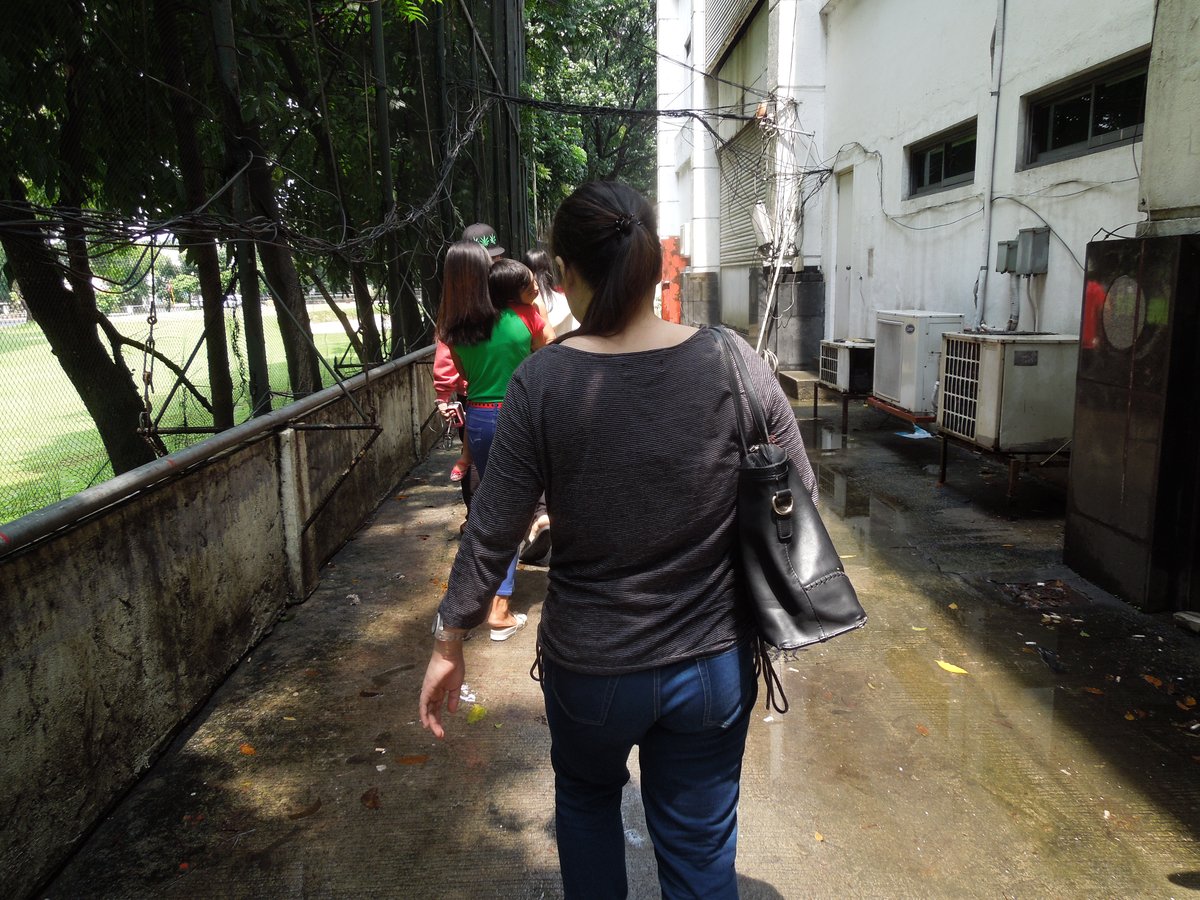
Camp Aguinaldo Visiting Hours, Tickets, and Guide to Metro Manila Historical Sites
Date: 14/06/2025
Introduction
Camp Aguinaldo, located in Quezon City, Metro Manila, is the principal headquarters of the Armed Forces of the Philippines (AFP) and a significant symbol of Philippine military heritage and democracy. Established in 1935 and later named after General Emilio Aguinaldo—the country’s first president and revolutionary leader—this sprawling military installation has been central to the nation’s defense, political milestones, and civic identity. Known for its pivotal role during events such as the 1986 EDSA People Power Revolution, Camp Aguinaldo today offers visitors a unique blend of historical exploration, military education, and recreational amenities. This guide provides detailed information on visiting hours, ticketing, security protocols, key attractions, and nearby historical sites in Metro Manila, ensuring a safe and enriching visit for all.
Historical Background
Origins and Early Development
Camp Aguinaldo was originally established as Camp Murphy in 1935, named after Frank Murphy, the first American High Commissioner to the Philippines. It initially served as a central hub for the Philippine Constabulary and the newly formed Philippine Army, following the enactment of the National Defense Act. The camp included Zablan Field, an early military airstrip, and played a significant role in the country’s defense infrastructure during the Commonwealth era.
Renaming and Expansion
In 1965, the camp was renamed in honor of General Emilio Aguinaldo, reflecting its deep national significance. Spanning over 178 hectares, its grounds have expanded to include administrative buildings, residential quarters, training facilities, and recreational spaces.
Role in Martial Law and the People Power Revolution
During the Martial Law era under Ferdinand Marcos (1972–1981), Camp Aguinaldo was a symbol of military authority and state power. Its historical prominence peaked in February 1986, when it became the focal point of the People Power Revolution. Here, Defense Minister Juan Ponce Enrile and AFP Vice Chief of Staff Fidel V. Ramos defected from the Marcos regime, igniting a peaceful civilian uprising that led to the restoration of democracy (Official Gazette).
Contemporary Significance
Today, Camp Aguinaldo remains the nerve center of the AFP, housing the offices of the Chief of Staff, major service commands, and military educational institutions. It also serves as a residential community, with civic and recreational facilities available to both military families and the public.
Visiting Camp Aguinaldo
Location and Accessibility
Camp Aguinaldo is situated along Epifanio de los Santos Avenue (EDSA), accessible via major roadways and public transportation. The camp is bordered by Boni Serrano Avenue, White Plains Avenue, and is opposite Camp Crame. The upcoming Metro Manila Subway Project will include a dedicated stop at Camp Aguinaldo, further improving accessibility by 2029 (AFP News; Tunnelling Journal).
Entry Protocols and Security
As an active military base, Camp Aguinaldo enforces strict security protocols. Visitors must present valid government-issued identification at the main gate and declare their purpose of visit. Bag inspections and vehicle checks are standard. Access is generally limited to designated public areas, such as the AFP Museum and Golf Course, or during special events and guided tours (Quezon City Government).
Photography: Photography is permitted only in designated areas and is strictly prohibited in sensitive zones without explicit permission.
Visiting Hours and Tickets
AFP Museum
- Hours: Monday to Friday, 9:00 a.m. – 5:00 p.m. (Closed on weekends and holidays)
- Admission Fees:
- Students: ₱20
- Adults: ₱25
- Military Dependents: ₱10
- Military Personnel: Free
- Foreigners: ₱100
(Quezon City Government)
Camp Aguinaldo Golf Course
- Hours: Open daily; best visited between November and April for optimal weather (Tourist Places Guide).
- Booking: Tee times should be reserved in advance, particularly on weekends and tournament days.
Key Attractions and Facilities
Armed Forces of the Philippines (AFP) Museum
Established in 1996, the AFP Museum documents the evolution of the Philippine military. It features:
- Historical Exhibits: Dioramas, uniforms, weaponry, and memorabilia from the Army, Navy, and Air Force.
- Kagitingan Park: Outdoor display of decommissioned military vehicles, tanks, and aircraft.
- Wall of Heroes: Photographic tribute to Medal of Valor awardees (AFP Museum Wikipedia; Inquirer News).
Visitor Tips: Guided tours are available with advance booking. The museum gift shop offers books and souvenirs.
Camp Aguinaldo Golf Course
An 18-hole course welcomes both military personnel and the public. Facilities include a clubhouse, restaurant, and event spaces. Dress code requires collared shirts and appropriate golf attire.
Parade Grounds and Recreational Facilities
The Parade Grounds host military ceremonies and community fitness events. The camp also offers running and biking routes, basketball and tennis courts, and football fields (runningadik.com).
Special Events and Guided Tours
- Military Ceremonies: Public parades and commemorative events are held on national holidays.
- Educational Tours: Schools and organizations can arrange group tours of the museum and select public areas with prior coordination.
- Community Events: Fun runs, cycling races, and fitness boot camps are occasionally open to the public, typically requiring registration.
Nearby Historical Sites and Attractions
- People Power Monument: Located at EDSA and White Plains Avenue, commemorating the 1986 revolution (Official Gazette).
- Camp Crame: Headquarters of the Philippine National Police, featuring its own museum (USA Inquirer).
- Quezon Memorial Circle: Major city park and historical site.
- Ninoy Aquino Parks and Wildlife Center: Urban green space and wildlife exhibit (Quezon City Government).
- Shopping Centers: Greenhills Shopping Center, Robinsons Galleria, SM Megamall.
Practical Visitor Tips
- Arrive Early: Allow time for security checks.
- Dress Appropriately: Modest attire is required, especially for official ceremonies.
- Bring Valid ID: Entry is not possible without government-issued identification.
- Check Event Schedules: Public access is often available during national holidays and scheduled events.
- Photography: Always ask for permission before taking photos.
- Accessibility: Main public areas and the museum are wheelchair accessible.
- Transportation: The camp is accessible via EDSA by jeepney, bus, taxi, and soon by the Metro Manila Subway (Moovit; PIA).
Frequently Asked Questions (FAQ)
Q: What are the Camp Aguinaldo visiting hours?
A: The AFP Museum is open Monday to Friday, 9:00 a.m. to 5:00 p.m. The golf course operates daily.
Q: How much are tickets for the AFP Museum?
A: Admission ranges from ₱10 (military dependents) to ₱100 (foreigners). Entry is free for military personnel.
Q: Are guided tours available?
A: Yes, guided tours can be arranged with advance notice.
Q: Can I visit Camp Aguinaldo without prior approval?
A: Entry is generally restricted to public areas. Special events may allow additional access.
Q: Is Camp Aguinaldo wheelchair accessible?
A: Yes, the main public areas and the museum are accessible to wheelchair users.
Q: How do I get there using public transport?
A: Jeepneys, buses, and taxis run along EDSA. The Metro Manila Subway (opening in the coming years) will provide direct access.
Visual Resources and Contact Information
-
AFP Museum
- Phone: +63 2 8911-6001 local 6777 / 8912-7664
- Email: [email protected]
- Official Website
-
Camp Aguinaldo Golf Course
- Contact the camp’s administrative office or main gate for latest details.
Tip: Explore virtual tours and interactive maps on the AFP Museum’s official website for a preview of the site and surrounding Quezon City attractions.
Conclusion
Camp Aguinaldo stands as a living monument to the Philippines’ military history, democratic triumphs, and civic spirit. While access is limited due to its security function, the camp’s museum, recreational amenities, and proximity to significant historical sites make it an essential destination for history enthusiasts, students, and curious visitors alike. With ongoing projects like the Metro Manila Subway set to enhance future accessibility, Camp Aguinaldo’s role as a cultural and historical landmark will only grow. Always consult official sources for the latest visiting guidelines, and make use of resources like the Audiala app to maximize your Quezon City experience.
Sources
- AFP Museum - Quezon City Government
- People Power Monument - Official Gazette
- AFP General Headquarters Anniversary - Philippines Graphic
- Tourist Places Guide
- AFP Museum Wikipedia
- AFP Museum opens its doors to public - Inquirer News
- Camp Murphy and Zablan Field become Camp Aguinaldo and Camp Crame - USA Inquirer
- Running in Camp Aguinaldo - Running Adik
- Metro Manila Subway Project - AFP News
- Metro Manila Subway TBM Launched - Tunnelling Journal
- Moovit Camp Aguinaldo Guide
- PIA: Camp Aguinaldo Tunnel Boring Machine Launched

